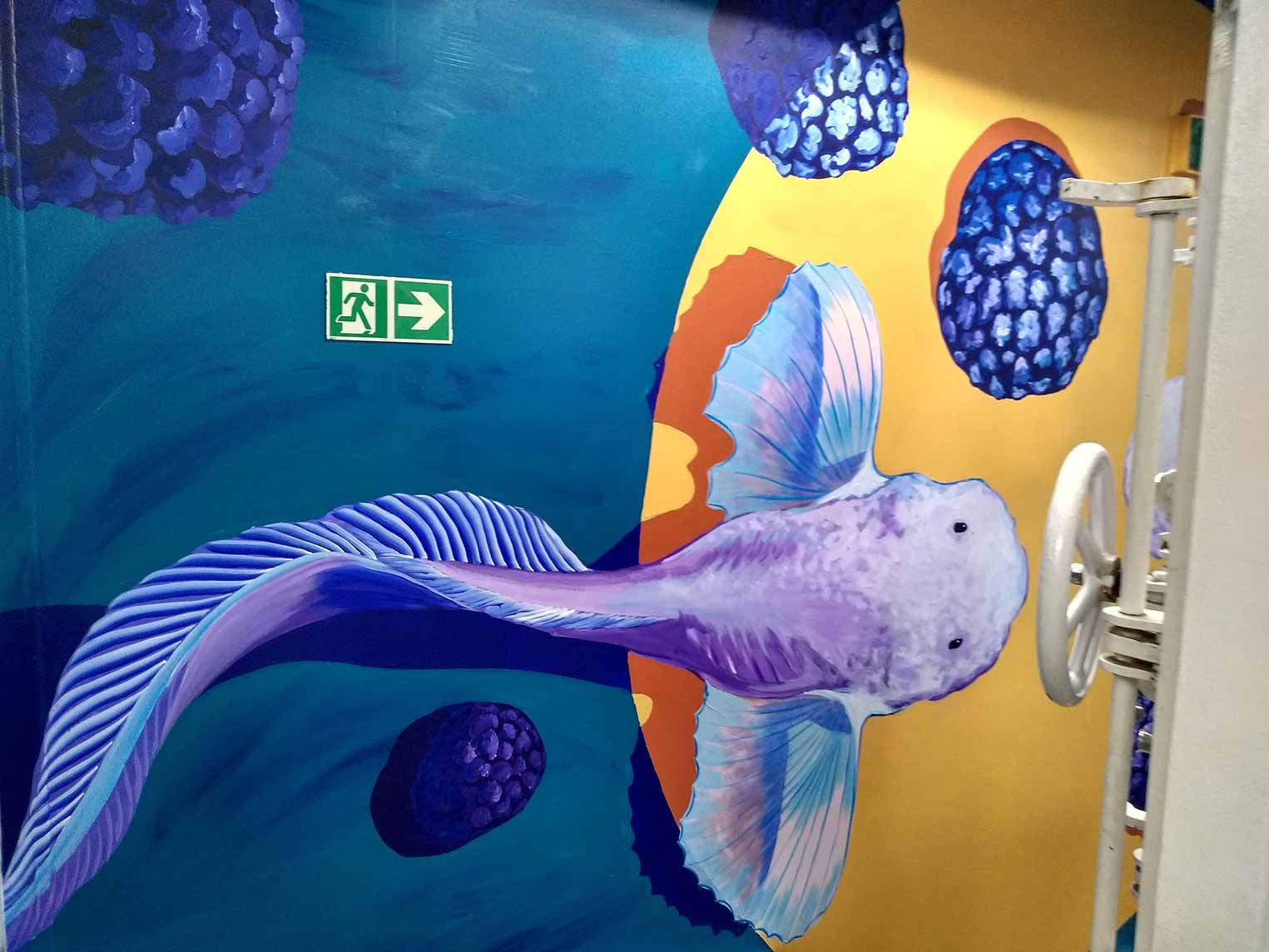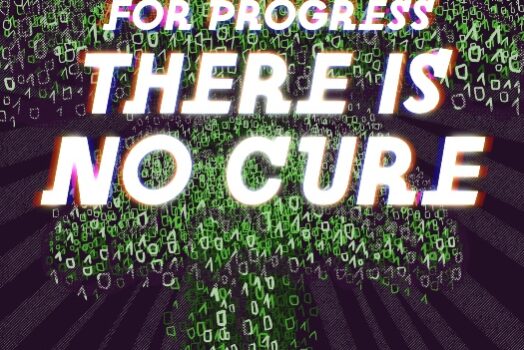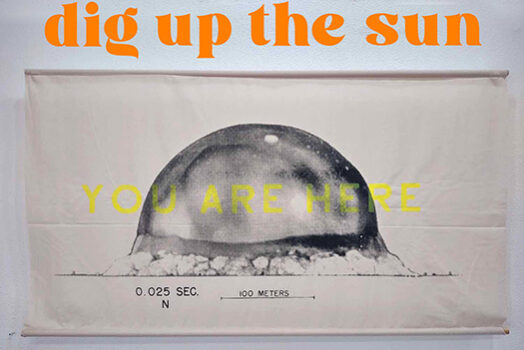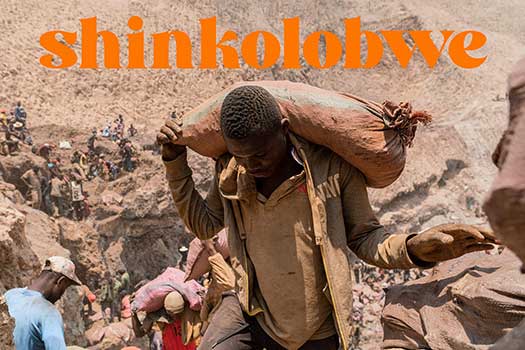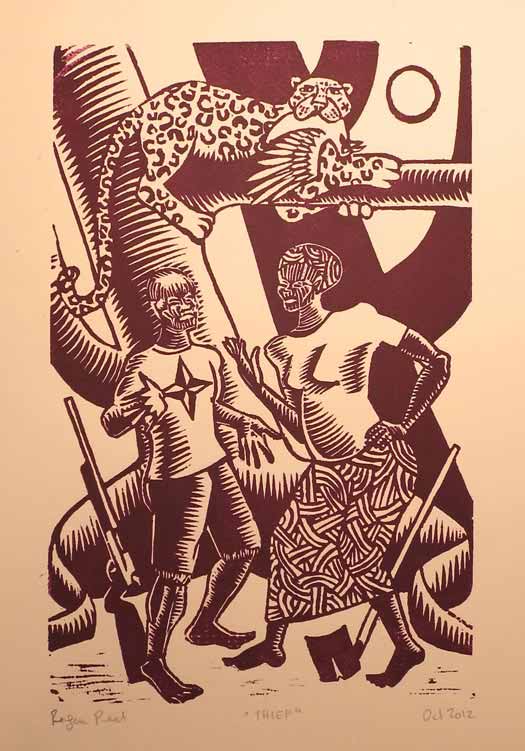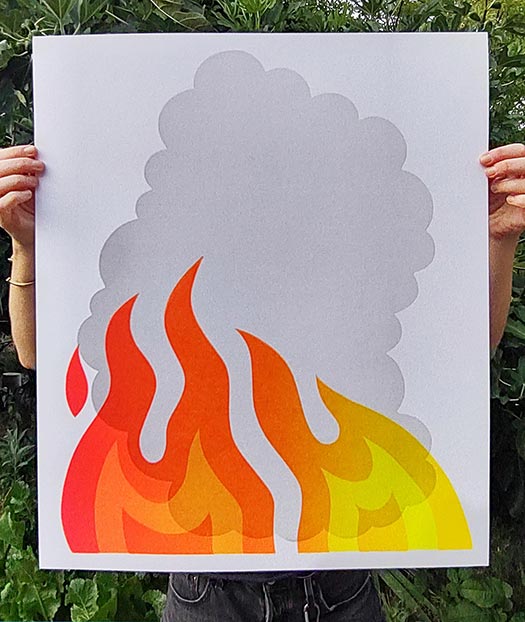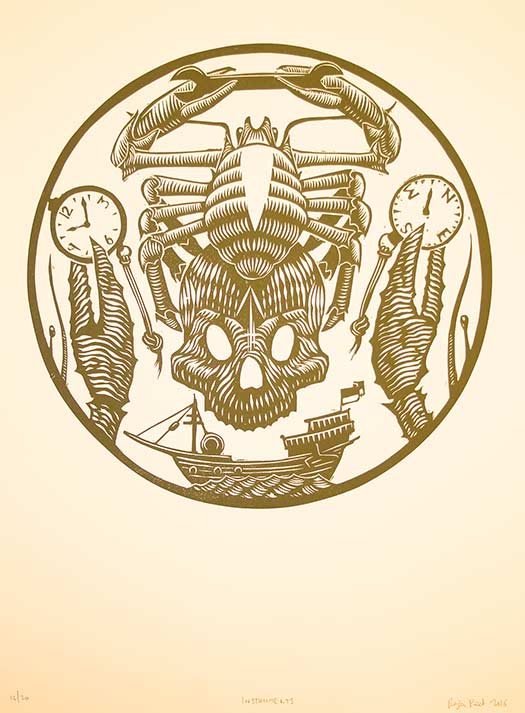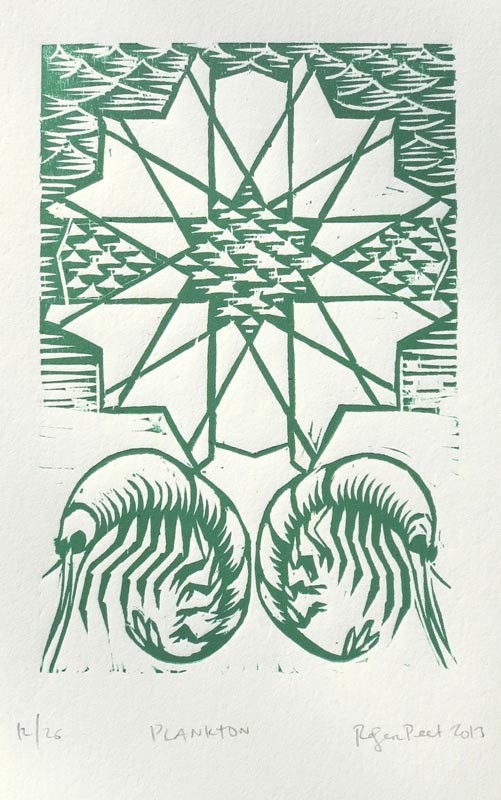I’ve spent the last six days on the Pacific Ocean, in transit from San Diego, CA to Astoria, OR aboard the R/V Falkor, the Schmidt Ocean Institute’s big research vessel. Schmidt operates an Artist-at-Sea program, where they bring artists onto their research trips to work alongside the scientists that are using their facilities. These trips have included deepsea mapping projects, biological surveys of unexplored marine regions, and inquiries into the health and changing characteristics of oceans subject to a warming global climate regime.
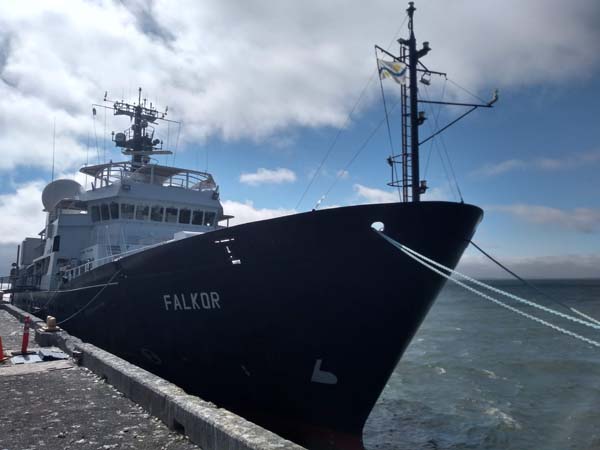
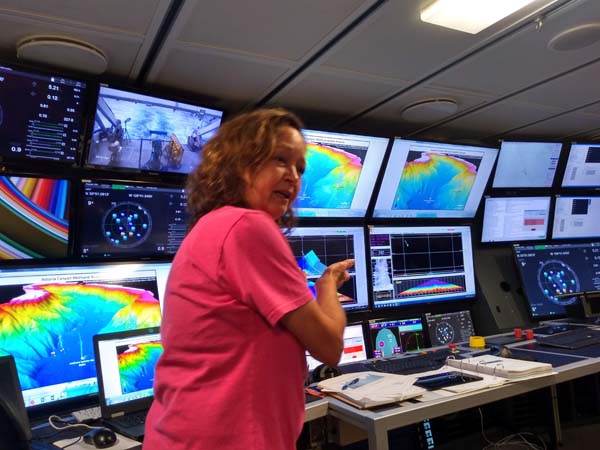
I was on the ship to paint a mural, which featured a strange fish called the ghostfish– currently the deepest-living fish to have ever been identified. Scientists aboard the Falkor located it at the bottom of the Mariana Trench, the deepest point in the Pacific Ocean, when it swam in front of a camera attached to a lander they had set out to conduct surveys of the seafloor. Nicknamed “Snoopy” by the crew for its comical appearance and apparent curiosity about the lander, the ghostfish is emblematic of the degree to which the deep ocean remains mysterious and unknown. I painted the mural in the aft passageway, just inside the entrance to the aft deck, where the imposing hulk of the deepsea ROV Subastian sat wrapped in rubberized tarps. I painted the fish in an imagined spotlight, and surrounded them with manganese nodules, which are another source of possible invasion of the deep by commercial interests. Manganese nodules and other rare metal concentrations are being pursued in the deep ocean around the world by the same mining interests that have destroyed the landscapes of Papua New Guinea, British Columbia, and anywhere else that the metals that power our society are found. I like to imagine the ghostfish in this image protecting the manganese nodules.
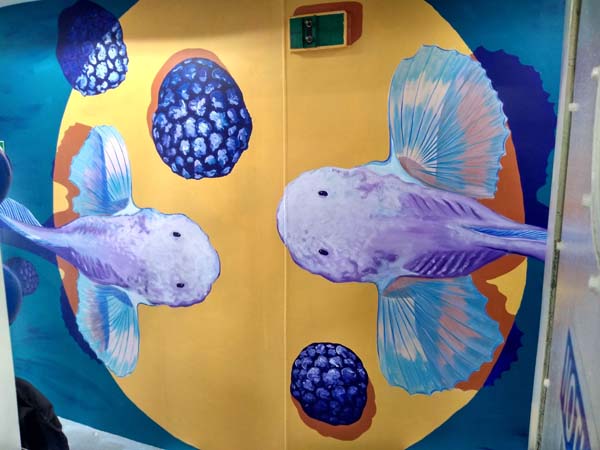
This project illustrated a phenomenon that I return to often in my work and my thinking about my work- that the light of science can bring a greater understanding of the world to a broad audience, but when those investigations take place under capitalism they are distorted, and help to bring an extractive and annihilatory aesthetic into the wild and remote places where they take place. Science pretends to operate without ideology- and as such becomes captive to people with very clear ideologies based on maximizing shareholder value. Science needs to figure out what it believes and take a stand- because if it continues to provide rapacious capitalist interests with the information they need to do their brutal work, then it is complicit in the ongoing collapse and disintegration of the biosphere, no matter what the mission statement says.
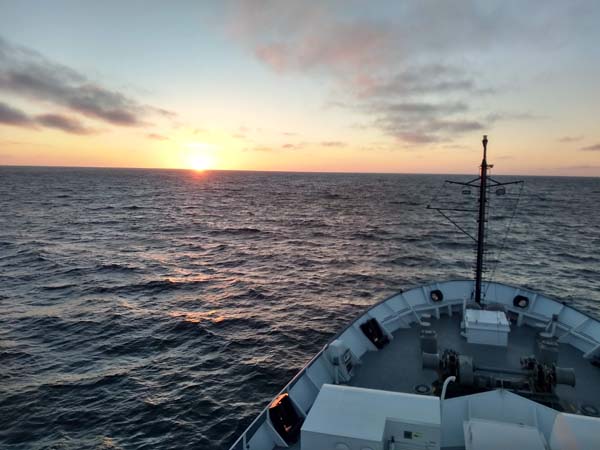
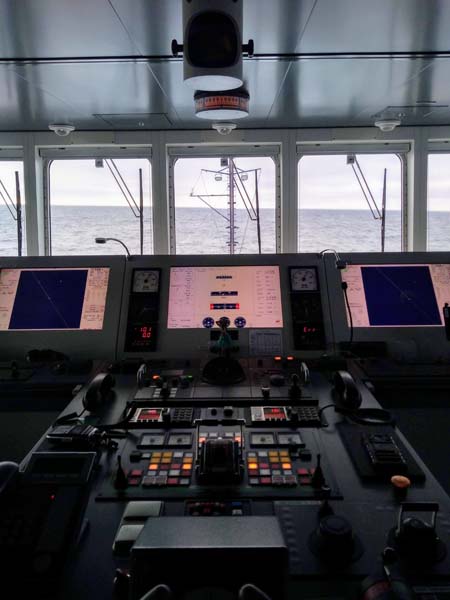
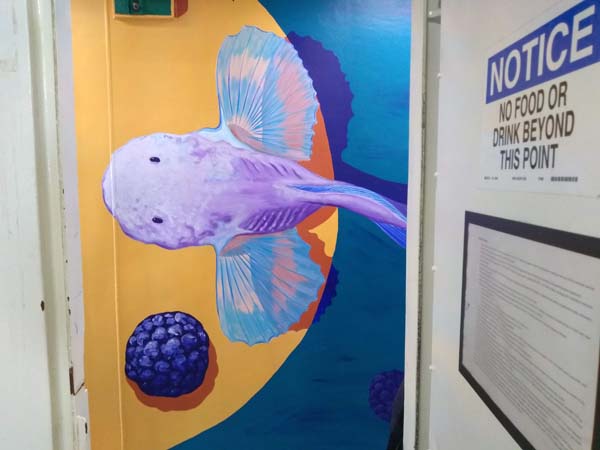
Shoutout to the excellent and amazing artists, students and scientists who I shared this trip with- and to the wonderfully warm and hospitable crew of the Falkor who welcomed us into their space and worked alongside us during the week in transit.
